
Self Portrait – Rembrandt – c1630
Print Making: is the process of transferring an original image from one surface to another repeatedly. Prints are distinguished from paintings and drawings by having multiple originals, which are the products of creating multiples from one block or plate or stencil. This is done by the artist’s own hands, or by those of an assistant, from a drawing, which is then signed and numbered when finished.

Four Horsemen of the Apocalypse – Durer
They are produced in Editions – the edges must show, by courtesy, and all notation done in pencil. After the Edition is run the artist should destroy the original plate, block or stencil – but Second and Third Editions can be made if noted as such. The First Editions are more valuable than the following ones. This method can also be used for Cast Sculptures, where several of one piece are cast, then numbered accordingly – 1/4 is first of four cast. Proofs can be taken during stages and labelled as such, then the artist makes appropriate adjustments. There occur naturally, discrepancies from print to print which adds to their individuality. (These are separate from photo reproductions of art prints, which can be signed by artists, numbered and sold.)

Lino Cutting for Print Making
Intaglio: is the area of the print laying below the surface, created by etching and engraving.
Etching: is done by acid biting into an exposed area on a copper, zinc, or aluminium plate, the resulting grooves of which are filled with ink.
Engraving: is more spontaneous, scratching directly onto the plate which is softer – wood, copper, perspex, steel – then also filling the grooves with ink. Damp paper is placed on the plate then rolled through a press.
Relief: lino or wood cut – ink on the surface then printed.
Serigraph: is screen printing onto paper or material, with different inks for each revealed layer. The screen can be blocked with lacquer, paper; and printed with a squeegee or sponge.
Mono Prints: has ink or paint manipulated by hand-held tools (brush, sponge) on the plate (metal, glass, perspex), then paper placed on top to print. It’s possible to get two copies from one plate, but the second will be a lot lighter and less textured.
Lithograph or Planograph: has the area to be printed on the same level as the non-printed area. It’s the oil and water don’t mix principle, where grease is used to repel the ink.
Printmaking on the Prairies – Cornerstone
Printing has linked with Craft, Graphic Art, and Commercial Art. But it can be Fine Art, as its origins and evolutions go hand in hand with the discoveries in drawing and painting. Since the earliest times man has been engraving on stones, antlers, and hides, for religion or ornamentation. Egyptians etched contours on walls, pillars, obelisks, then coloured them in. In the 15th Century, Durer included printing into Fine Arts – he discovered the Renaissance theories in Italy and took them back home, did many engravings, etchings and woodcuts, and sold them. It was a way of getting multiple prints to the general public.
William Blake, Goya, and Lautrec experimented with printing to show the times as they were. Blake coloured his prints, turning some prints into paintings. Goya was a master print-maker, creating a series of engraved prints – of disasters of war, bull fights, man’s folly, and the dark side of man. Because of their flat planes, and beautiful shapes, the Japanese print-makers has a strong influence on the Impressionist artists.

Japanese woodblock print
Jud House 18/10/2016
. . . . .
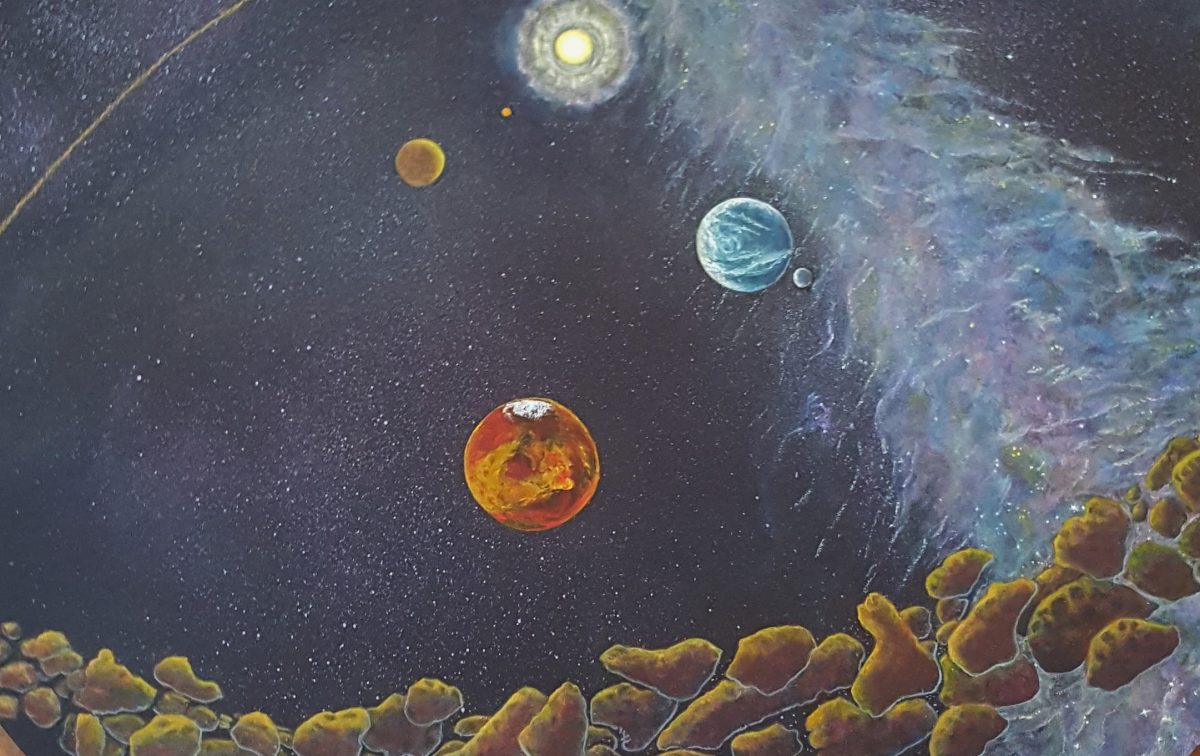



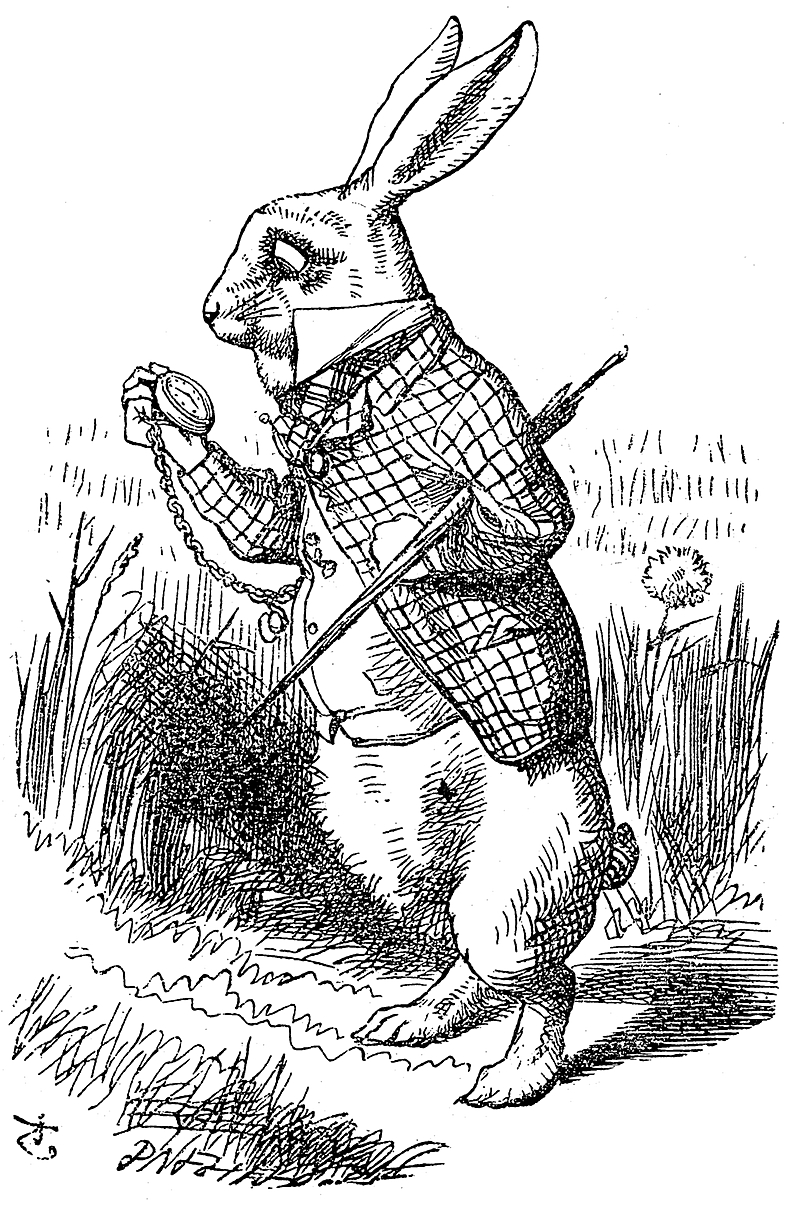



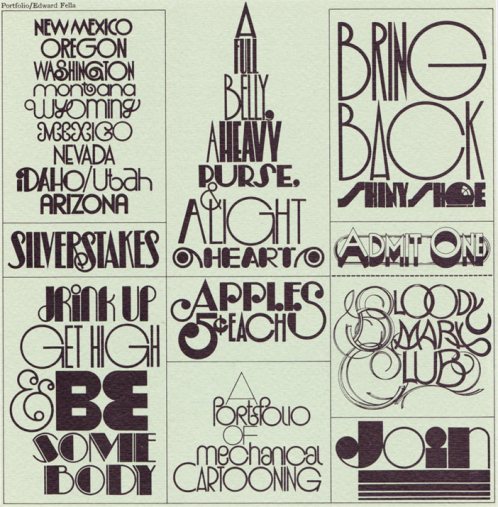
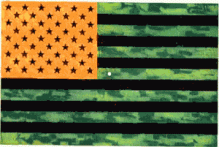






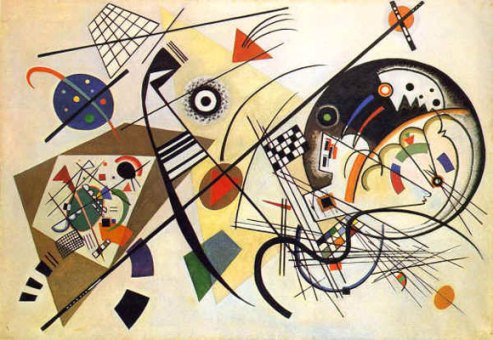
 The Key – Pollock
The Key – Pollock







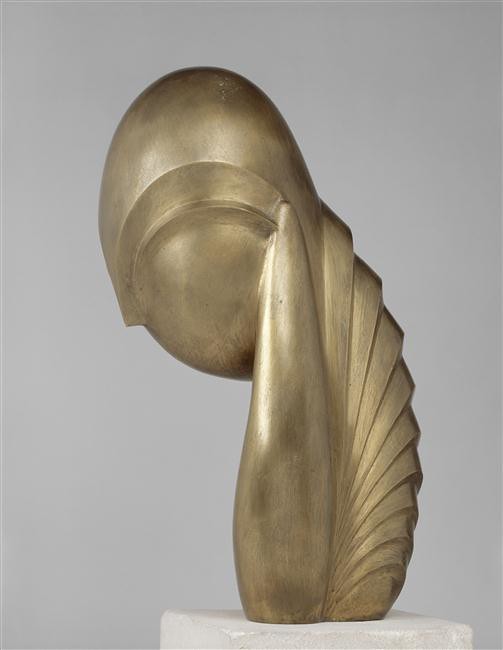

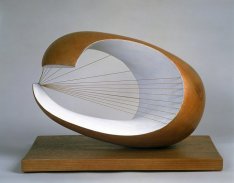






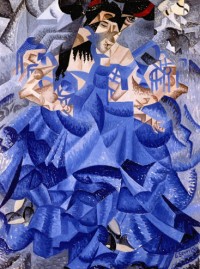

,_Albright-Knox_Art_Gallery.jpg)


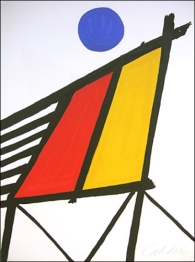















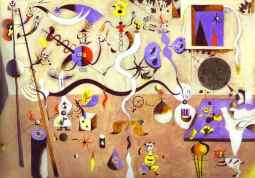







,_oil_on_canvas,_70_x_99_cm,_Gemeentemuseum_Den_Haag.jpg)
,_oil_on_canvas,_79.7_x_109.1_cm,_Gemeentemuseum_Den_Haag,_Netherlands.jpg)























